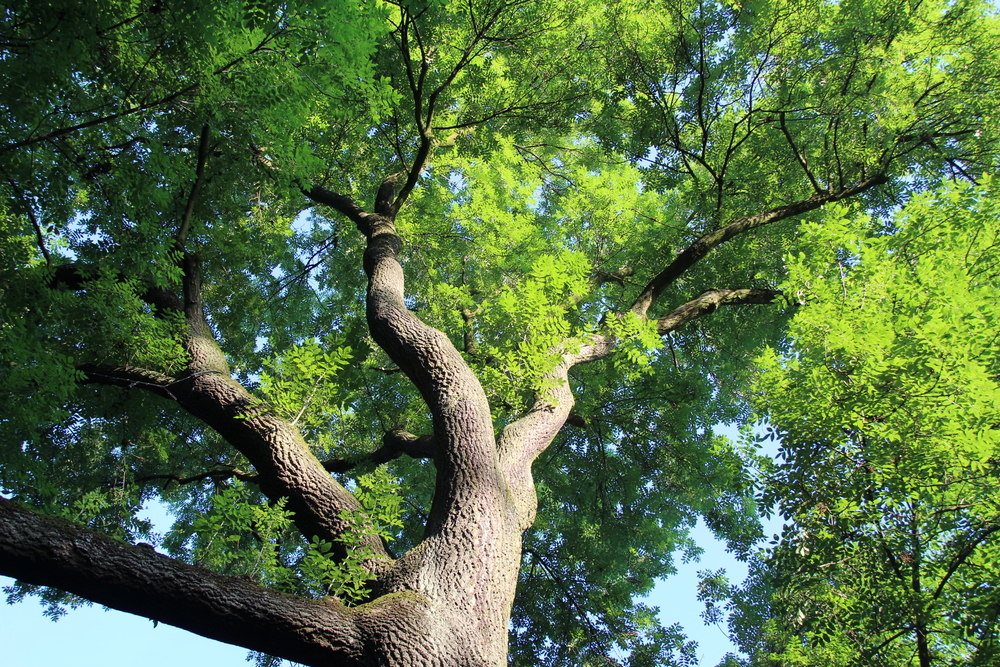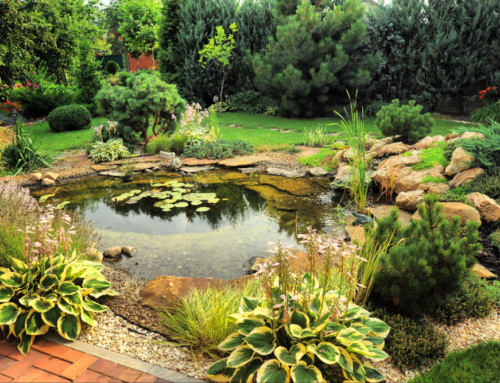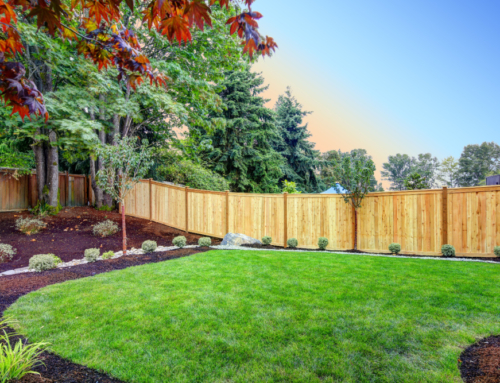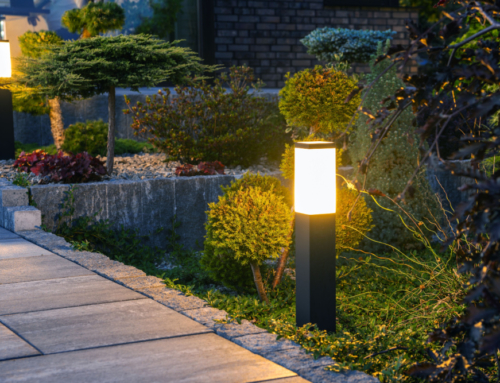Is your yard littered with broken branches, twigs, and leaves?
There are so many reasons why branches fall unexpectedly from trees. If you are experiencing this problem, it may be time to check the health of your precious trees and the safety hazard posed by such anomalies.
What Causes A Sudden Brach Fall in Healthy Trees?
It is normal for healthy trees to lose branches. As such, the fall of branches isn’t always associated with poor tree health. Dry and hot environments are often linked to branch breakage. However, such occurrences can be triggered by strong winds and pest infestation. Branches on large trees whose trunks can’t support the canopy are also susceptible to sudden breakage.
How Can You Tell Whether Your Trees Have An Anomaly That Can Cause A Branch Fall?
Are leaves shrinking? Have you noticed a significant discoloration? Or are the tree bark and leaves developing unhealthy moss and mold growth?
Such signs and symptoms, as well as cracks and bored holes in trees, may indicate poor tree health. These problems are caused mainly by diseases or pest infestation. Moreover, factors such as extreme drought stress and dry soil may lead to quick branch drops during strong winds.
What Safety Issues Do Branch Falls Cause?
Fallen branches and their debris can cause property damage and spoil the visual appeal of your lawn and other landscape elements. It is, therefore, essential to prune branches that extend over utility lines, vehicles, roofs, and usable outdoor spaces such as pools and barbeque areas.
How Can You Curb A Sudden Branch Fall?
Prune and trim when and where necessary
Weak, diseased, and pest-ridden branches are often susceptible to breakage in strong winds. Pruning and trimming such branches ensures that they don’t fall unexpectedly.
Check the health of the rooting system
Poor root health leads to poor branch growth, which increases susceptibility to disease, pests, and wind-related branch breakage. Poor rooting is often caused by shallow planting, inadequate watering, insufficient nutrition, and hidden root damage and diseases. Digging a portion of the tree’s base can help assess root health.
Proper tree planting and maintenance
You should space your trees well and always have good tree care practices, which include watering and fertilizing your trees to keep them healthy. You can also apply agrochemicals to disease-infested and pest-ridden trees to boost their health and branch strength.
If you need help with these tasks, you can hire a professional landscape maintenance company to help you care for the trees on your property and ensure they stay healthy and secure.






